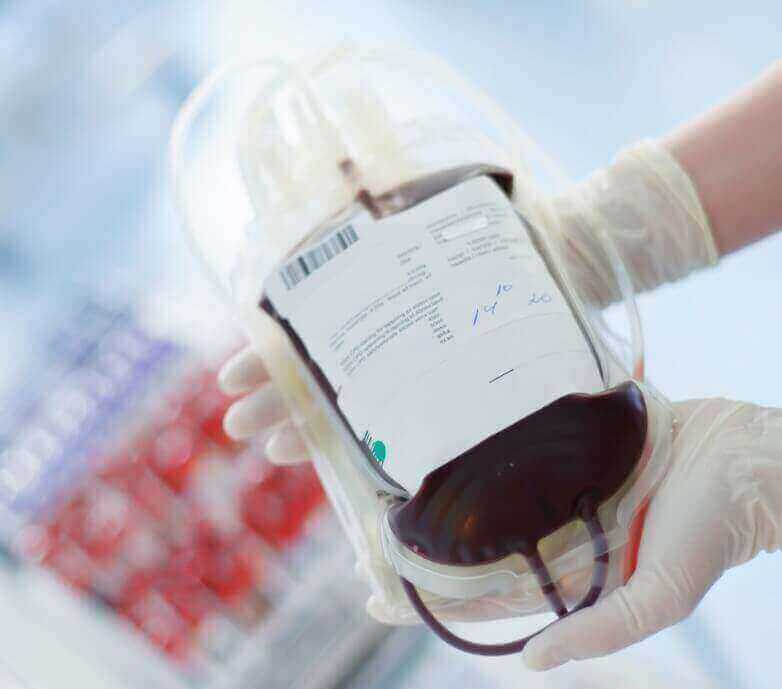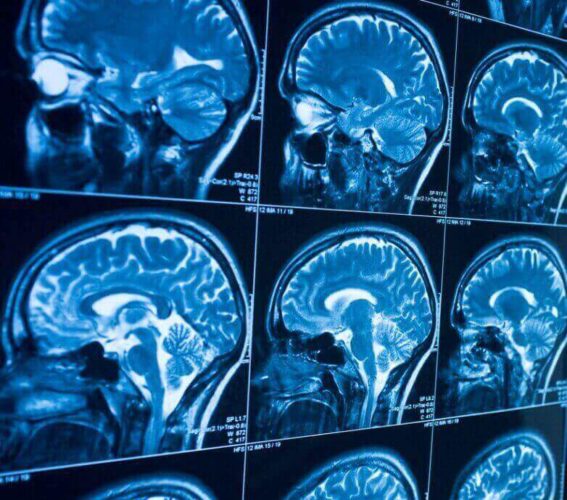It’s not just stem cells that are essential in treating stroke with cord blood. An important aspect of CBC Health’s cord blood treatment to cure stroke is also the neurotrophic effect. Cord blood contains neurotrophic factors as well as stem cells that may secrete their own neurotrophins. Neurotrophins generate a healthy broth of chemicals to help heal damaged cells and support the regeneration of new cells.
What are neurotrophins?
Neurotrophins are a family of polypeptide growth factors that positively influence the proliferation, differentiation, and survival of healthy and weakened cells. They also work to regulate synaptic connections and synapse structure, two cerebral components damaged by the stroke event. Neurotrophins are also known to have a significant effect on synaptic plasticity, the ability of synapses to strengthen over time. Stronger synapses in the infarct lead to improved post-stroke conditions for survivors.
How neurotrophins contribute to stroke recovery:
Cord blood naturally contains a healthy mixture of stem cells and neurotrophins. After cord blood infusion therapy, stem cells and natural growth factors migrate to the infarct. There, neuroregeneration begins. Neurotrophins work to heal damaged cells, aiding in the reconnection of damaged synaptic pathways and neural connections.
Long-term stroke effects are the result of damaged or deadened neural connections. The neurotrophic effect actively works to regenerate those connections, improving the condition of the stroke survivor over time.





